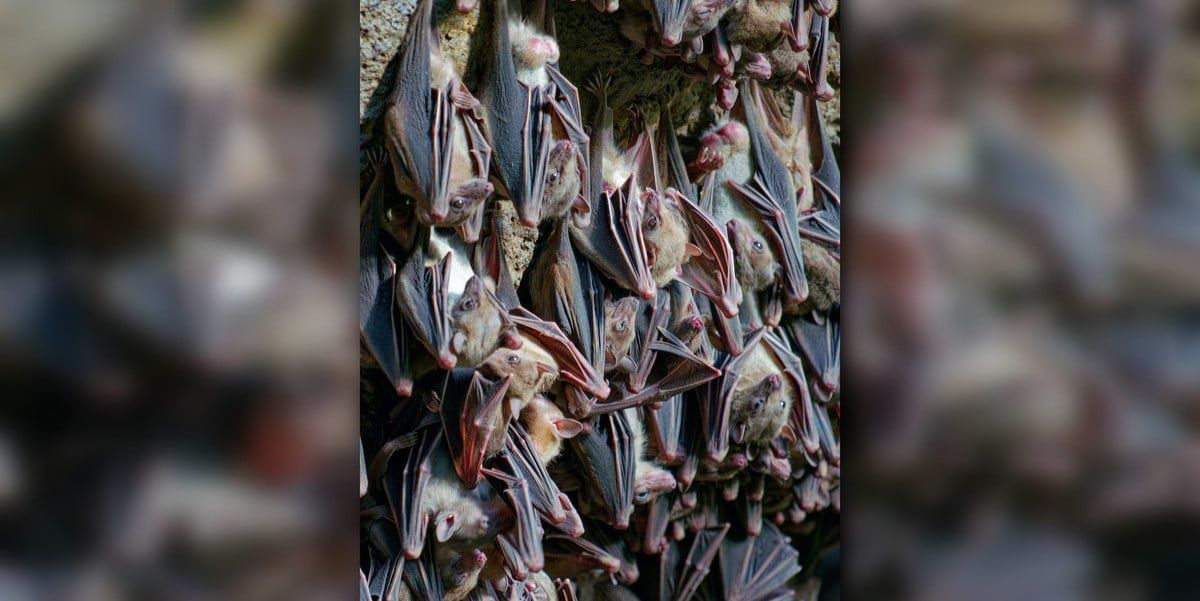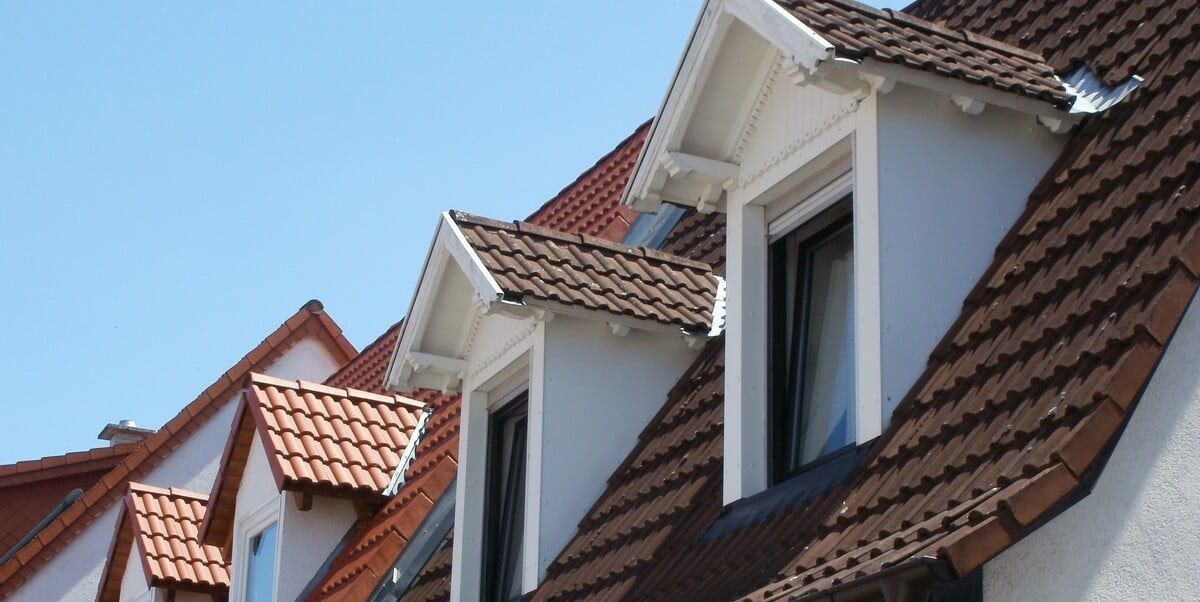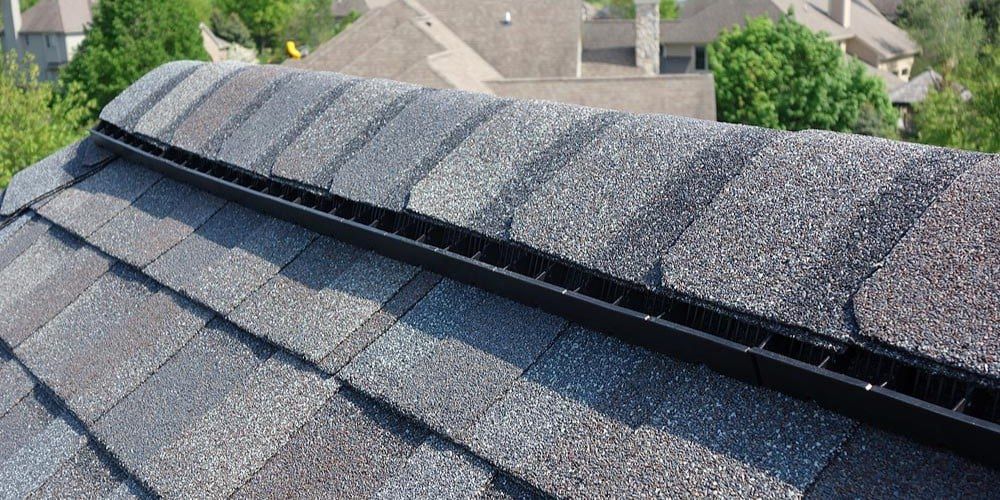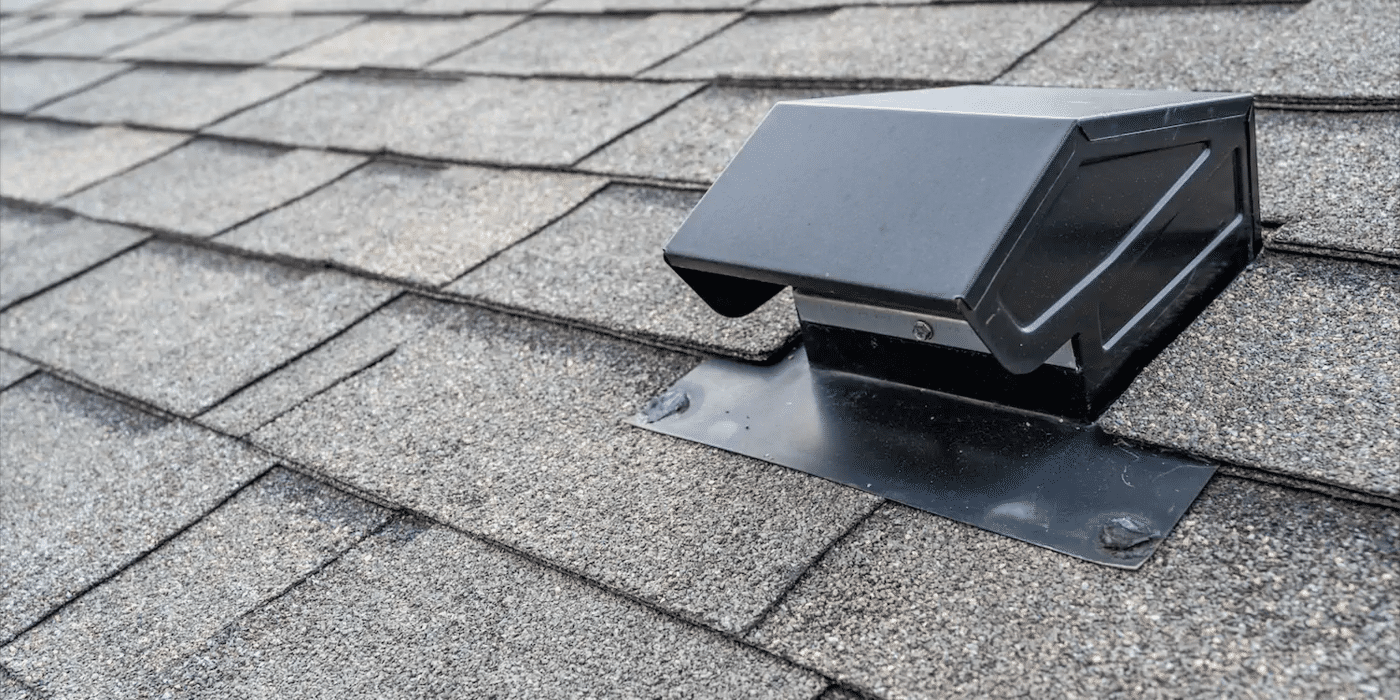Subscribe now and get our latest blog and video content delivered straight to your inbox.
How to Deal with an Animal in Your Attic

By Mike McKinney / Louis Greubel
Nov 10, 2023
Having an animal (or multiple animals) in your attic is an unpleasant experience. They make noise at all hours of the day and night, they break things, they leave waste behind, and — maybe worst of all — they can get out of the attic and into the rest of your home.
Whether you’re a new homeowner or a veteran homeowner, it can feel overwhelming when a wild animal finds its way into your living space.
You’re left asking questions like, “How did it get in? How many are up there? How do I go about getting them out of my home?”
We know how stressful the experience can be. At HY-C, we manufacture HY-GUARD EXCLUSION, a robust line of covers and guards designed to keep animals out of homes. We understand a lot about how animals invade houses, and we want to tell you exactly how to deal with them so you don’t have to worry.
In this guide, we’ll cover what kind of animals tend to get into attics and how they get in. We’ll also tell you how to get them out and, just as importantly, how to keep them out.
By the time you’re done here, you’ll have all the information you need to get — and keep — critters out of your attic.
What Kinds of Animals Get into Attics?

In short, just about anything. Any seasoned wildlife control operator can share horror stories about animals from across the spectrum getting into attics. But some are more common than others.
The animals that tend to find their way into attics most often include:
- Mice
- Rats
- Red squirrels
- Gray squirrels
- Flying squirrels
- Raccoons
- Bats
The animals to which your attic is most vulnerable may vary depending on where you live, what the weather is like there, and a number of other environmental factors.
How Do Animals Get into an Attic?
Which animals get in is pretty straightforward; how they get in is a bit more of a complex topic. Houses need ventilation to keep air circulating properly. Vents allow for this airflow, but they also leave vulnerable openings for critters to exploit.
Animals may get in simply through damaged sections of a home; a mouse can squeeze into a hole in a roof just a little wider than the width of a pencil.
That said, there are four common entry points animals use to get into attics:
- Dormers
- Gable vents
- Ridge vents
- Static roof vents
Dormers

Dormers jut out from a roof. They’re walled structures that contain a window and an overhang above that window. As animals (like mice, rats, or squirrels) find their way onto roofs, they notice that this overhang provides overhead protection from flying predators.
Most overhangs on these dormers aren’t sealed completely tightly. As critters take cover in the dormer, they notice vulnerable openings and either squeeze or chew their way through. From there, they gain access to the attic.
Gable Vents

Gable vents are vital for attic ventilation. They allow air to flow in one side and out the other, avoiding stagnation and dissipating heat buildup on hot summer days.
They’re also a vulnerable entry point for animals to get into an attic, though. Most gable vents are made from relatively flimsy materials that animals can just push right past. Some have screens on the inside that do help keep bugs out, but these screens won’t do much to stop a determined raccoon.
Ridge Vents

Ridge vents exist for the same reason gable vents do: they help facilitate proper attic ventilation. As with gable vents, though, ventilation means openings, and openings mean critters can find their way in.
These vents are located at the peak of the roof, and they’re arguably one of the easiest entry points for wildlife to get into an attic. As the roof settles over time and seasonal temperature swings cause the roof to expand in the heat and contract in the cold, the vents warp, allowing in animals.
Static Vents

Static roof vents come in a variety of shapes and sizes, but they all have one thing in common: like gable vents and ridge vents, they provide additional airflow to an attic. Most of them are created with some form of animal exclusion in mind, but the level of protection tends to be minimal.
Static vents tend to be made of weak materials like aluminum that won’t offer enough protection against chewing from squirrels, mice, rats, or raccoons. Like gable vents, they also have bug screen installed in a lot of cases and, like gable vents, they just can’t stop animals from getting in.
Signs of Animals in Your Attic
Some signs of animals having invaded an attic will be obvious, but others are a bit more subtle than you may expect. When it comes to determining whether or not you have an attic full of critters, there tend to be two ways to tell: looking and listening.
Detecting Animals in an Attic by Sound
Different animals make different noises in an attic. A mouse makes different sounds than a squirrel; a raccoon makes different noises than a bat. Listening for animals above your ceiling is a bit like diagnosing a car with engine trouble — the type of noise gives clues as to the type of animal that may be up there.
Here’s a (non-exhaustive) list of some sounds to look out for:
- Heavy thumping (like someone dragging suitcases around above you) may indicate raccoons
- Skittering or scratching all day and night may indicate mice
- A flurry of scratching only at dusk and dawn may indicate flying squirrels
- Scampering sounds on and off throughout the day (and not at night) may indicate red squirrels
Pay attention to the type of noise you hear, the time of day (or night) at which it occurs, and how frequently you hear it. Relay this information to a wildlife control operator.
Detecting Animals in an Attic Visually
Obviously if you poke your head up into your attic and see an animal, that’s confirmation enough. But even if they’re hiding up there, there are some things you can look out for that may indicate the presence of a critter.
Check the entry points listed above (dormers, gable vents, ridge vents, and static vents) for signs of damage or chewing. Damaged vents are a good indicator that a critter may have forced their way in.
You may also inspect these areas for trails of discoloration. Animals are dirty; their fur is oily, and they tend to track feces behind them. A stain near a hole in a vent is a pretty good bet that something with four legs has been coming and going.
Finally, you can peek up into your attic and check the insulation. If it’s disturbed, discolored, or you see animal feces, there’s a good chance that one’s been nesting up there.
What to Do if There Is an Animal in Your Attic

If you’re hearing noises above your ceiling, your roof vents are damaged, or you see any other signs of an animal’s presence in your attic, there are four things you should do immediately to take care of the problem:
- Call a wildlife control operator. These professionals are well-versed in local animal laws and the habits of critters in your area. They know exactly what is needed to diagnose which animal is in your house and how to remove it.
- Repair any damage to your home. You’ll have to fix any damage the critters may have caused in your attic, but you’ll also need to fix the damage to the entry point those critters used to get in there in the first place (or else they’ll just come right back).
- Add exclusion devices to the entry point the animal used. Repairing the damage is a start, but if you really want to keep critters out, you’ll have to add additional exclusion protection to your roof vents.
- Add exclusion devices to any other potential entry points. Covering just the initial entry point won’t be enough. Animals have a strong sense of smell, and they’ll know that other critters called your attic home at one point. They’ll want to move in themselves.
How Do You Keep Animals Out of Your Attic?
A critter invading your attic is an unsettling thought. Animals wreak havoc, carry diseases, and even multiply, causing even more damage.
By now, though, you know what kind of animals tend to invade attics, how they get in, how to look and listen for them, and even what to do if you wind up with a critter in your living space.
As with most things in life, preventing problems is often a lot easier than having to fix them. If you want to get ahead of animals invading your attic, consider adding some kind of wildlife exclusion devices to your home. The best part is that these devices aren’t limited just to roofs and attics; they’re designed to keep pests out of any of the vulnerable spots on your home.
In most cases, a seasoned wildlife control operator can install them, covering everything from your chimney to your foundation to your dryer vent. Wildlife exclusion devices aren’t necessarily the most fun or exciting purchase, but they will go a long way toward saving you costly, frustrating headaches down the road.


